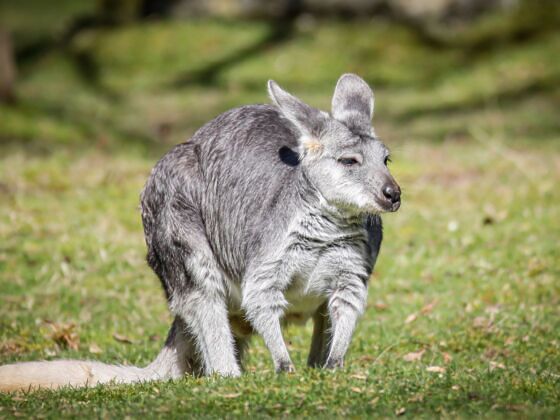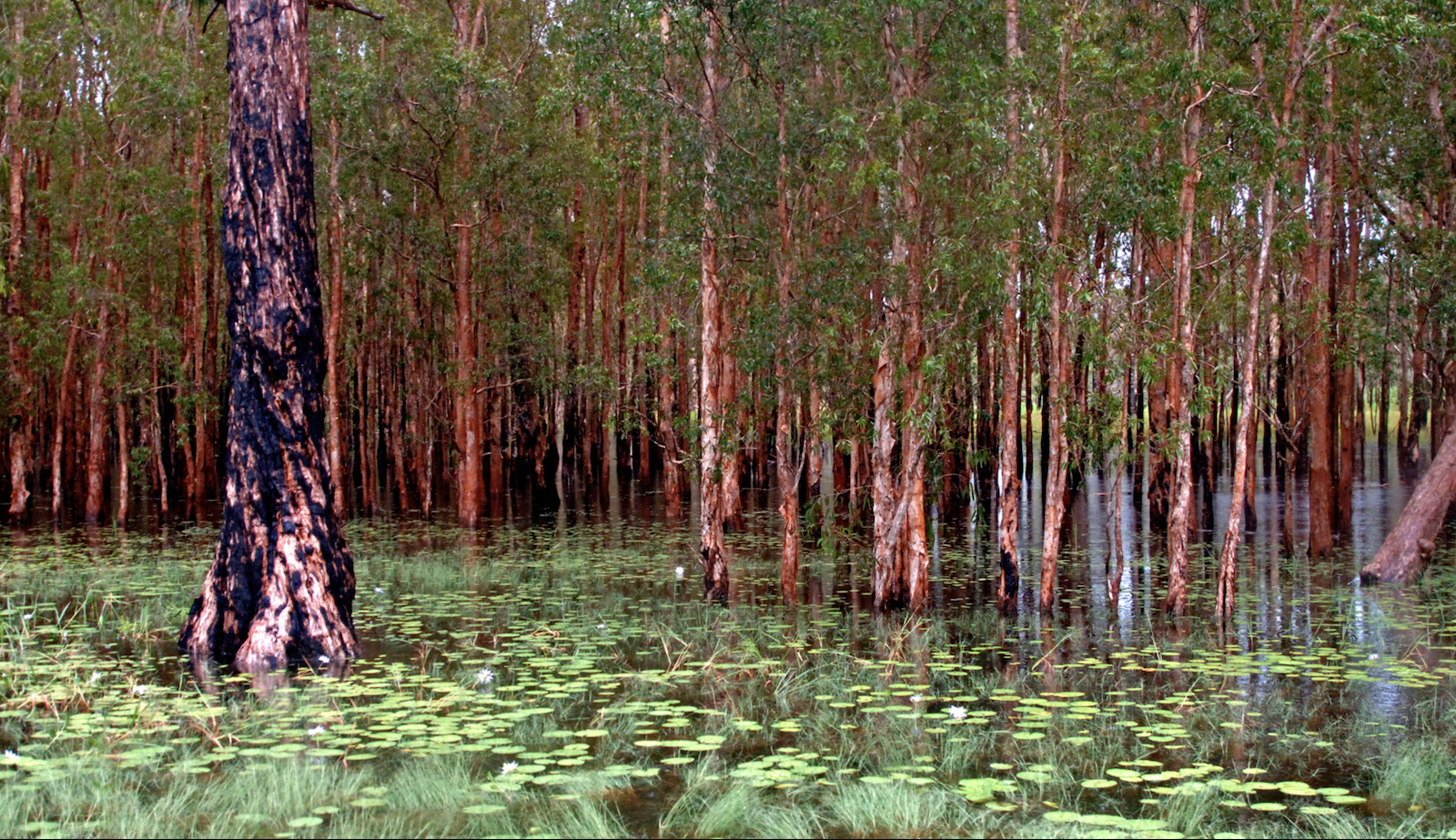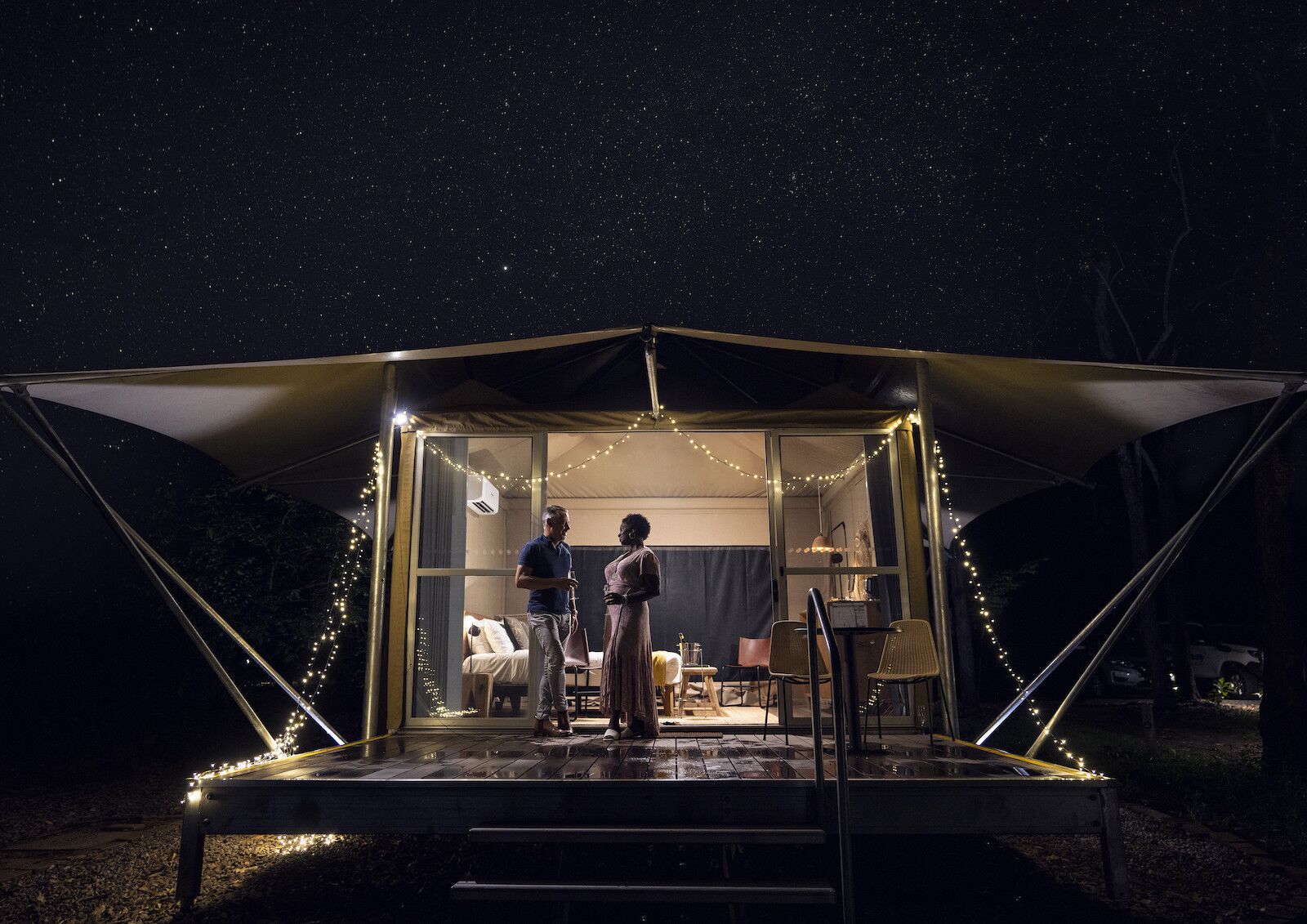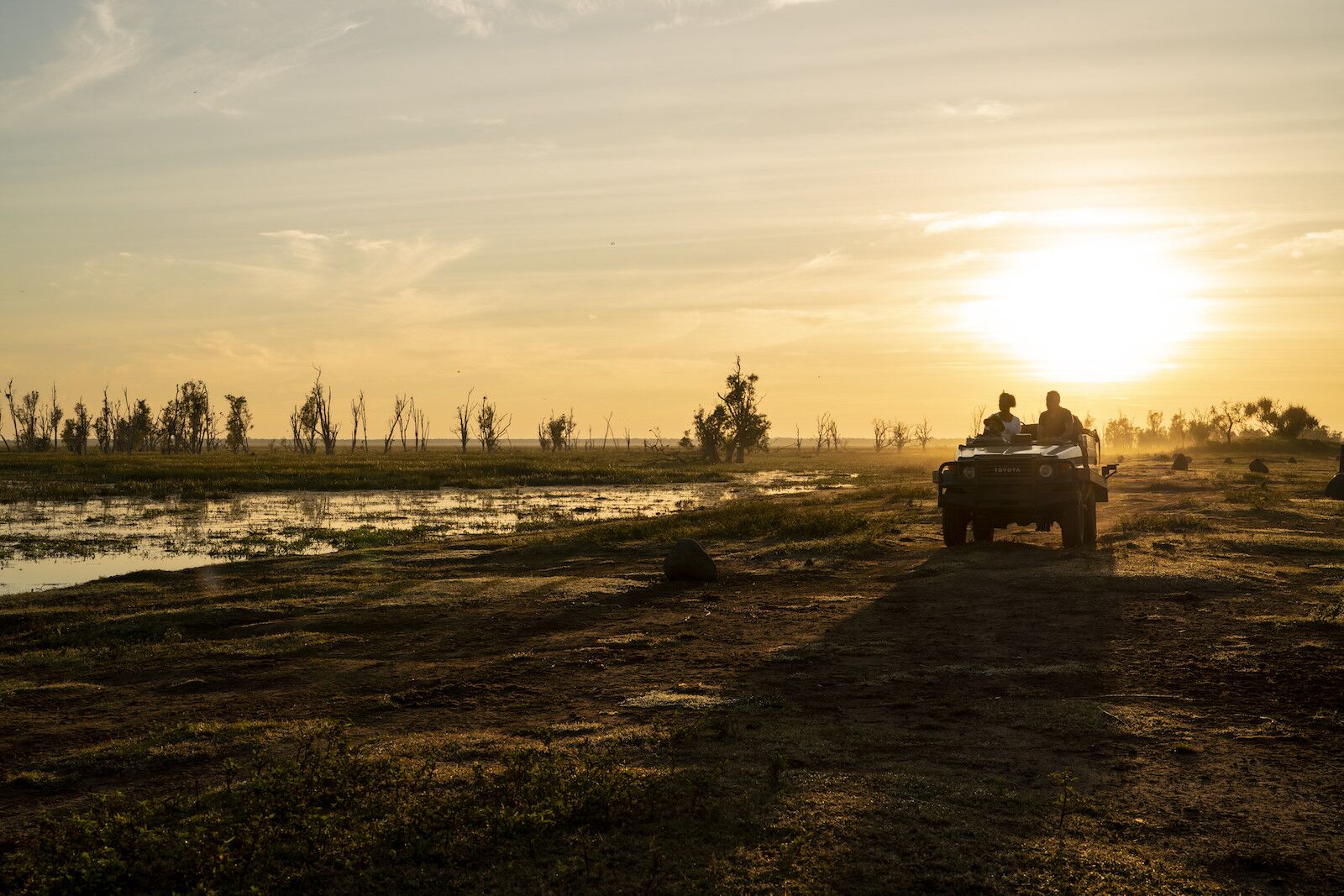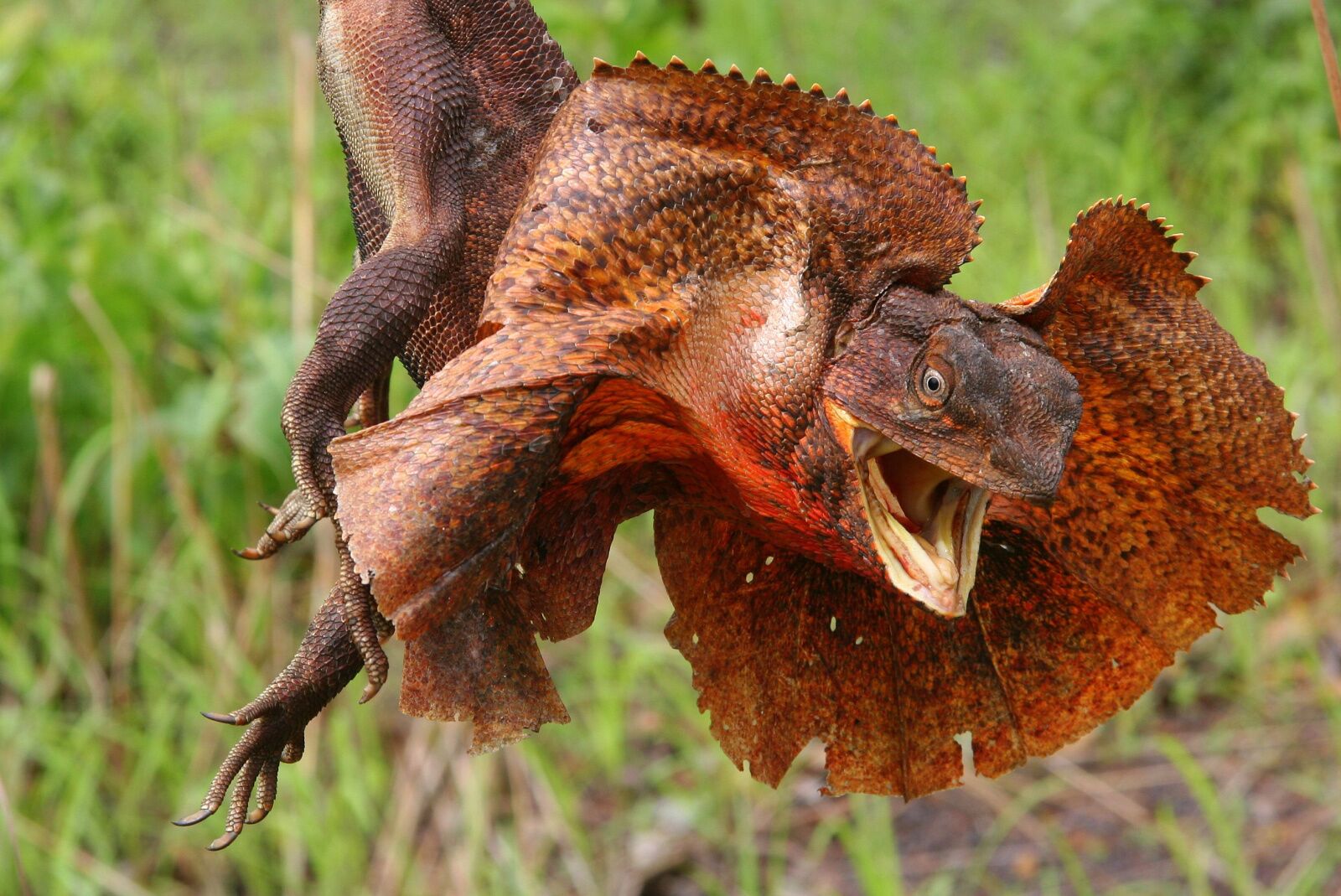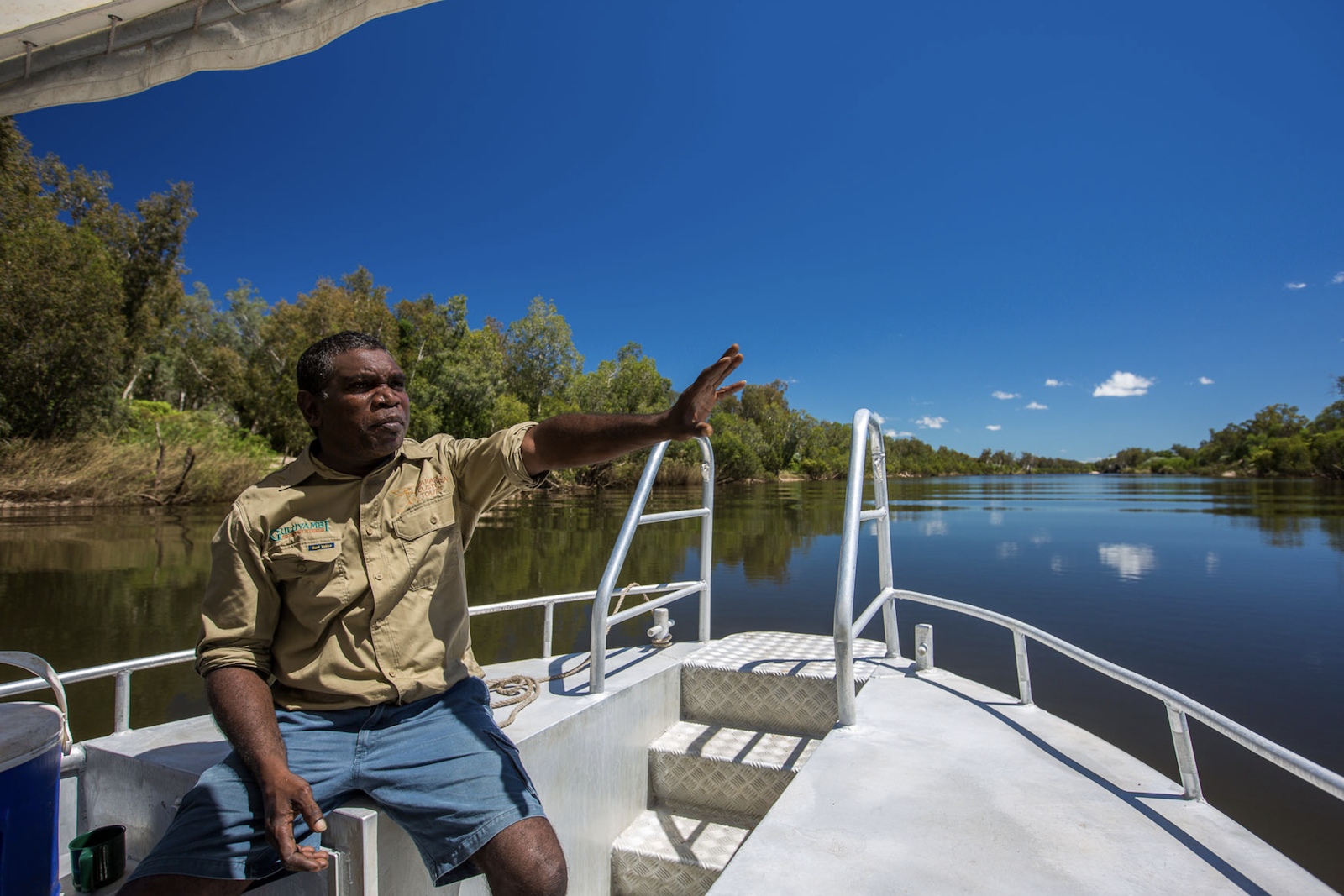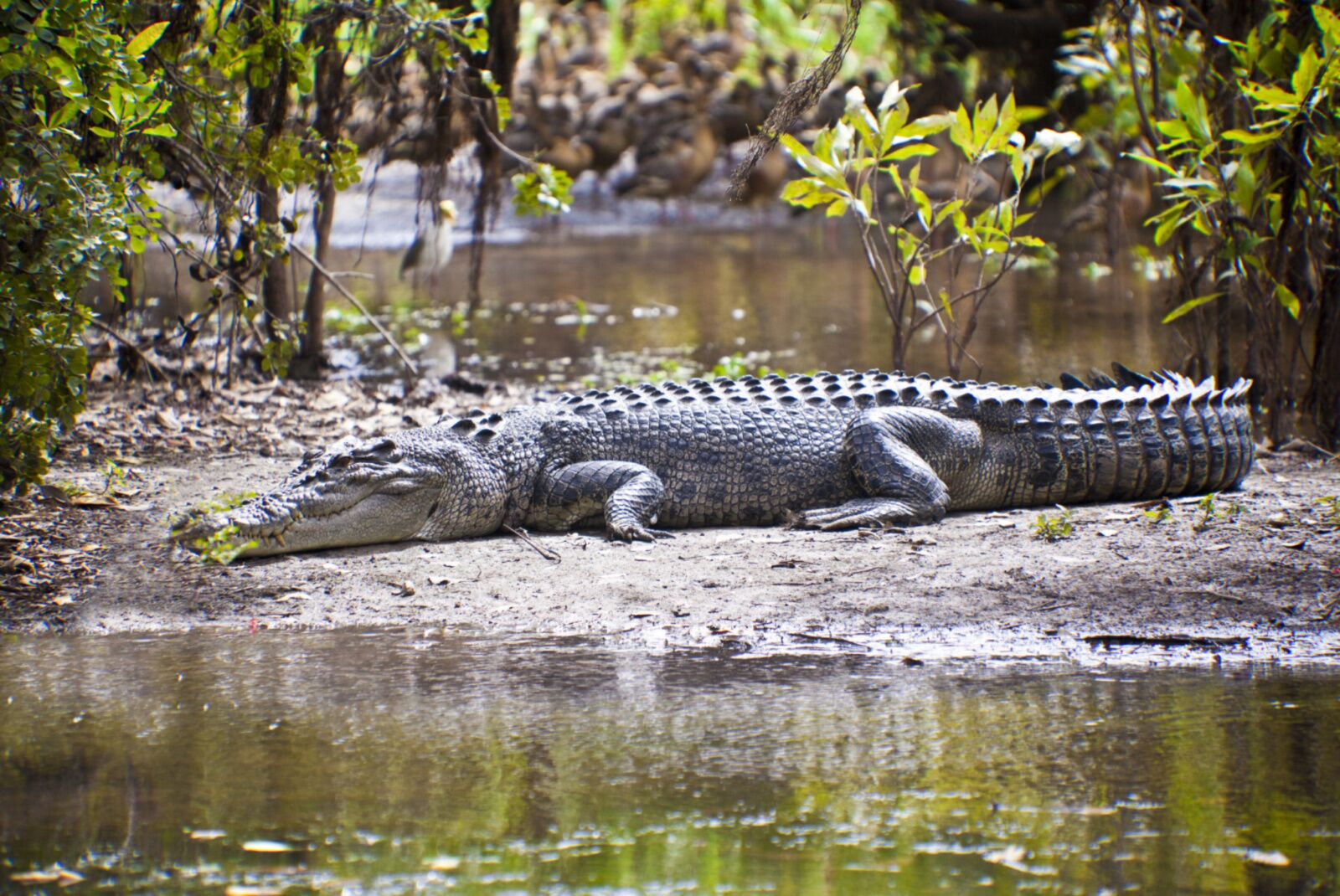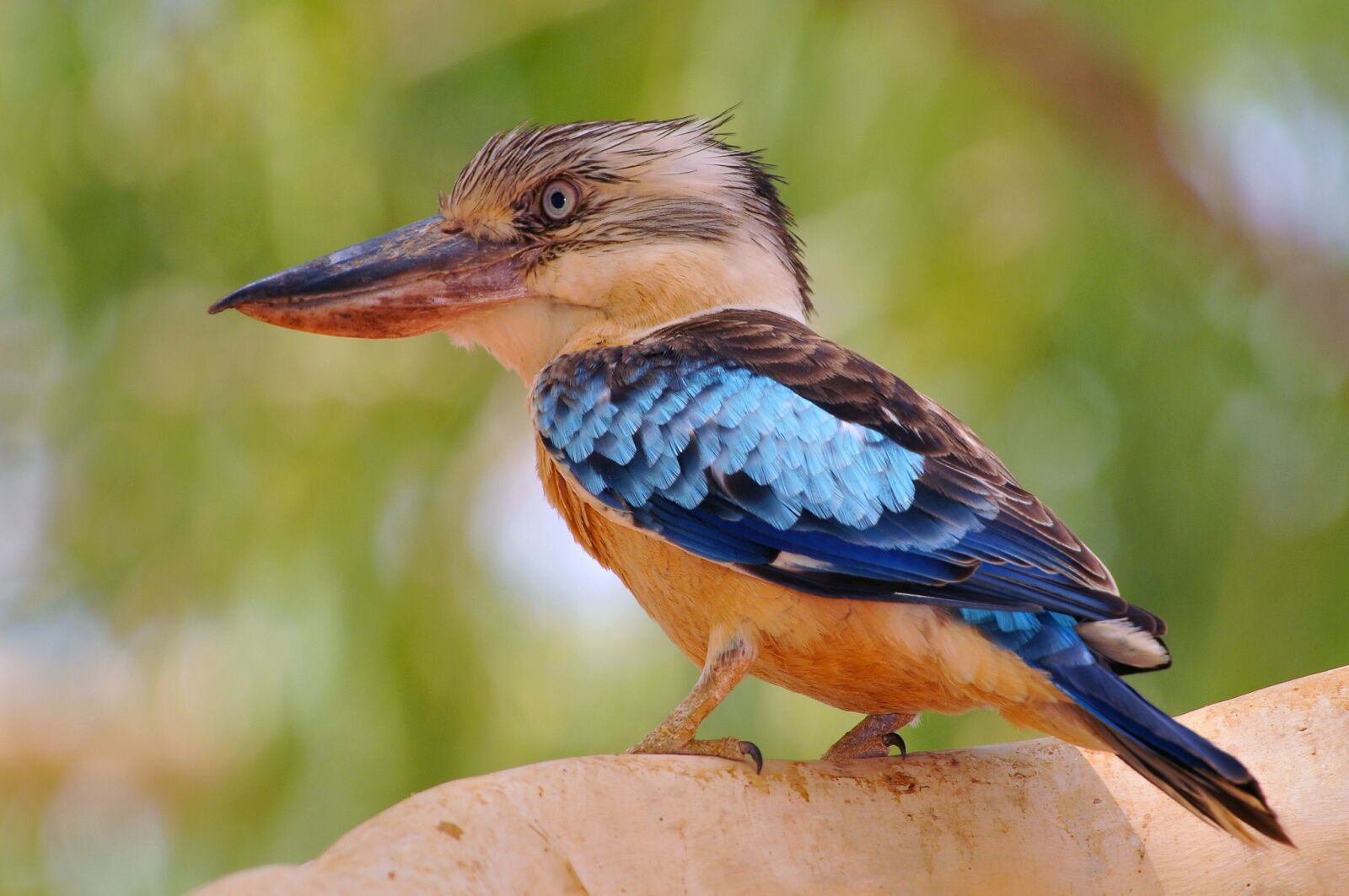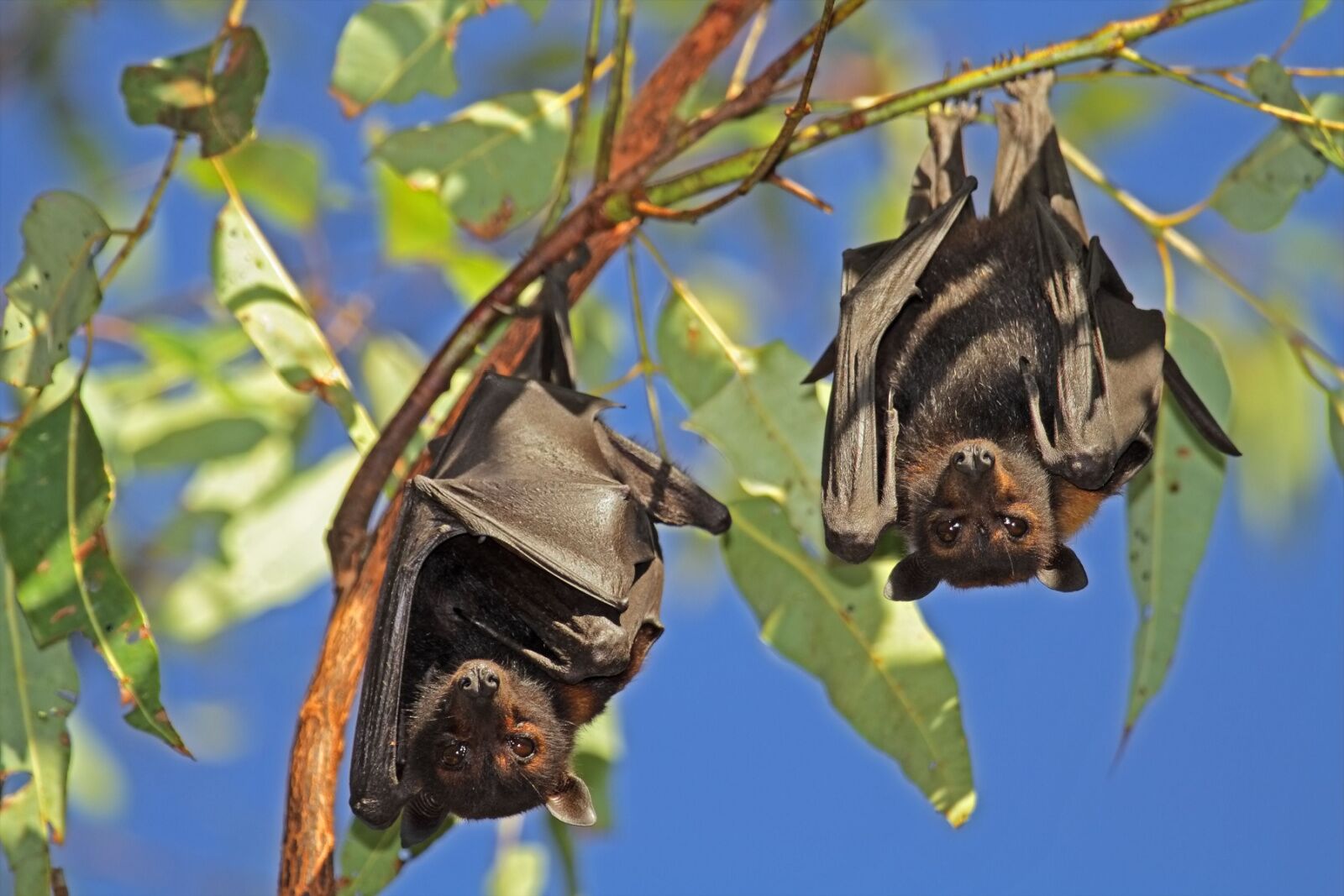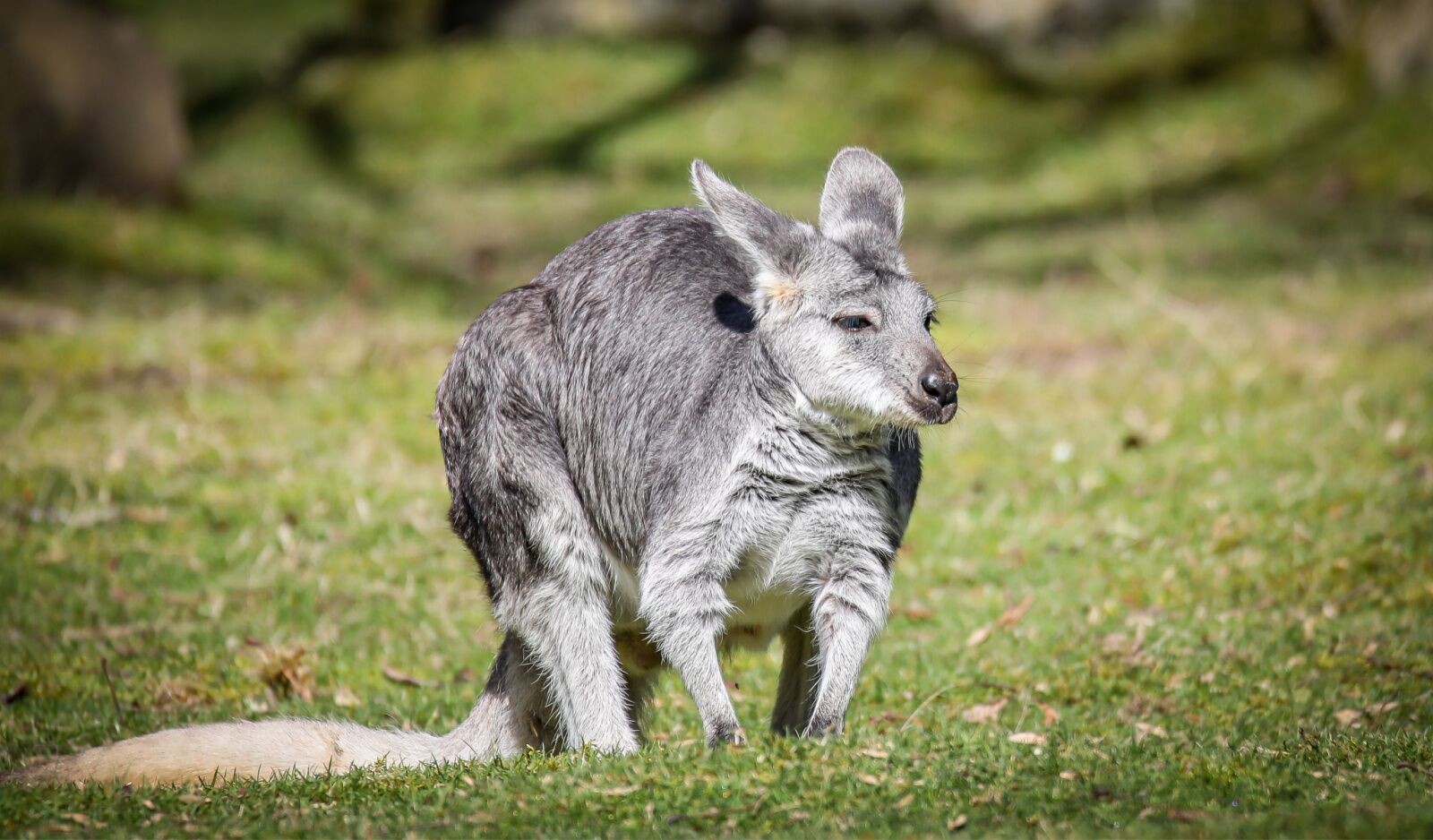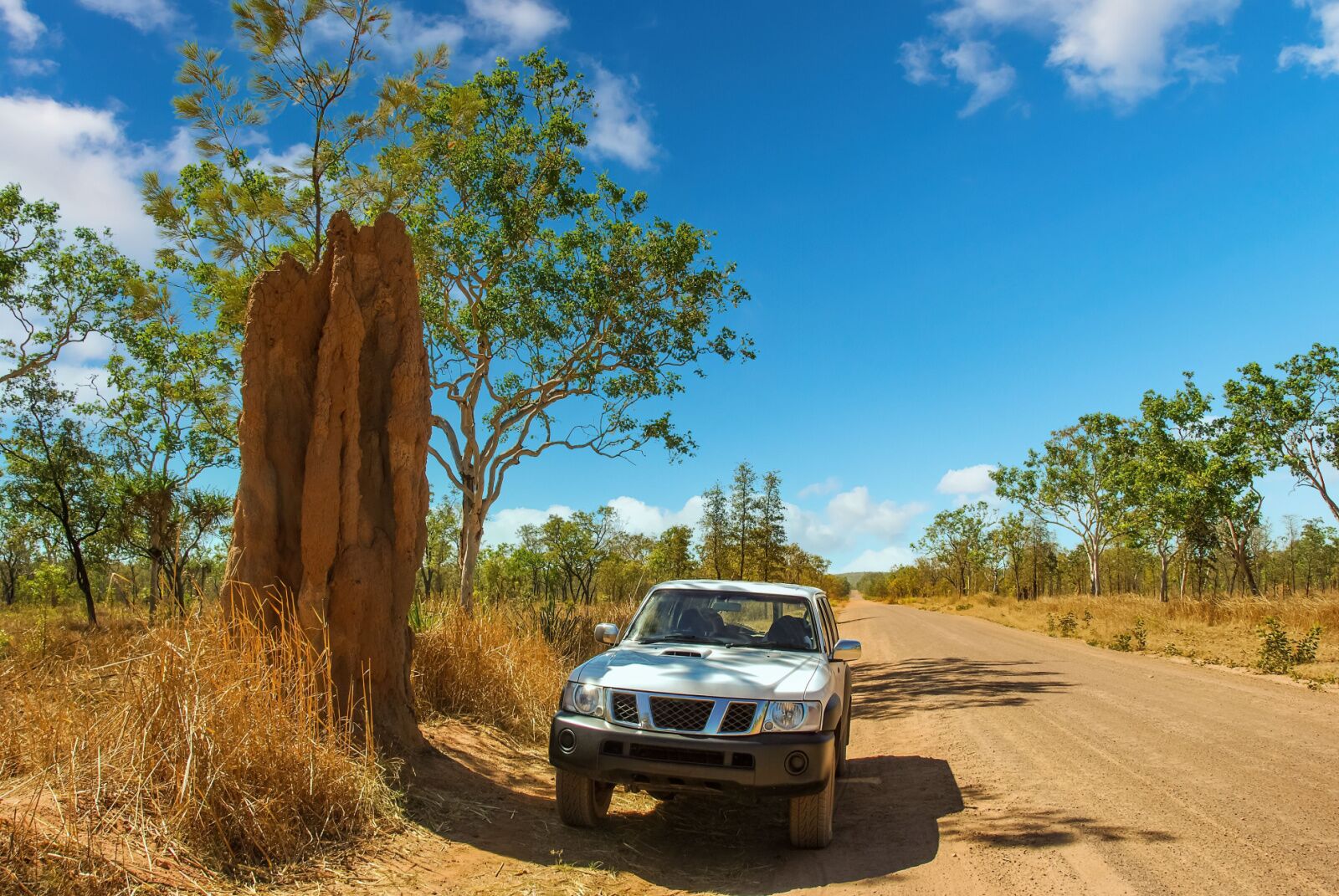With massive crocodiles, hopping wallabies, towering termite mounds that can be nearly 20 feet tall, and enormous bats, any wildlife lover will adore a trip to Kakadu National Park in the Top End of Australia’s Northern Territory.
Touring the park with a knowledgeable local guide can be an excellent introduction to the park and an opportunity to learn about its wildlife, environment, culture, and how to enjoy the area, which is on Aboriginal land. Though Kakadu National Park is beautiful, it can also be deadly, and guides can show visitors how to take proper precautions to avoid running into trouble with crocodiles, venomous snakes, heat, and rough terrain (among a variety of other concerns).
